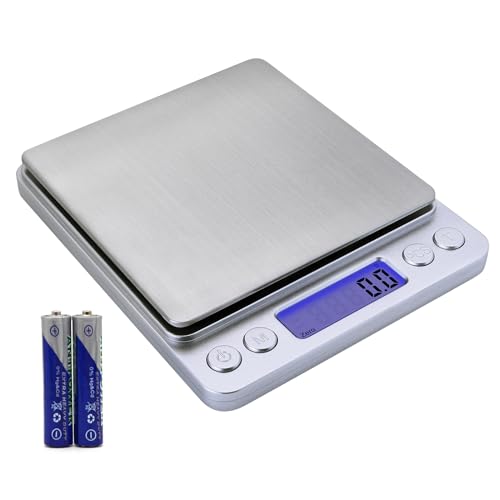Ditto what the good Gent said.
Yes, pH strips will give you a reading, but the question is this (as it relates to lye-based soap): how accurate is the reading from the strip, and what exactly does it mean for your soap?
Keep in mind that not all pH strips are equal when it comes to testing soap. The surfactant nature of soap is well known for messing with the chemical indicators on certain strips and giving false readings that can be off by as much as 2 or 3 points. The best strips to use with lye-based soap are the plastic lab-grade strips, specifically those that are made work to best within a higher pH range (i.e., 7 to 14). And like the good Gent said, you must make a 1% soap solution in order to get the most accurate reading. Macherey-Nagel makes such strips in case anyone is wondering (I bought mine from LotionCrafters).
Also keep in mind that fully-cured lye-based soap can have a wide range of pH but still be perfectly safe for use. For example, Johnson's Baby Soap with oatmeal has a pH of 12.35 and rates very low on the irritability index- lower than Zest Aqua soap and Camay Gala soap even though their pH's were lower (reference taken from 'Personal Cleanser Technology and Clinical Performance' article in the journal of Dermatological Therapy, 2004 pages 35-42).
I've tested my own soap (actually a 1% solution of my liquid soap paste that was zappy) with my plastic, lab-grade Macherey-Nagel strips and the pH showed 9.5. The zap soon went away over the next few hours as the paste finished fully saponifying, but the pH did not change much at all (rested between 9 and 9.5).
All of the above is why I (and many others here on the forum) choose to zap test instead of relying on pH when determining the safety of our soap. If the soap is tongue-neutral (notice I did not say pH neutral), it is safe to use. But if it zaps, it either needs more cure time, or else you may perhaps have a lye-heavy batch on your hands- the evidence for which is that the soap will still be zappy after 2 or three weeks of cure.
IrishLass














































